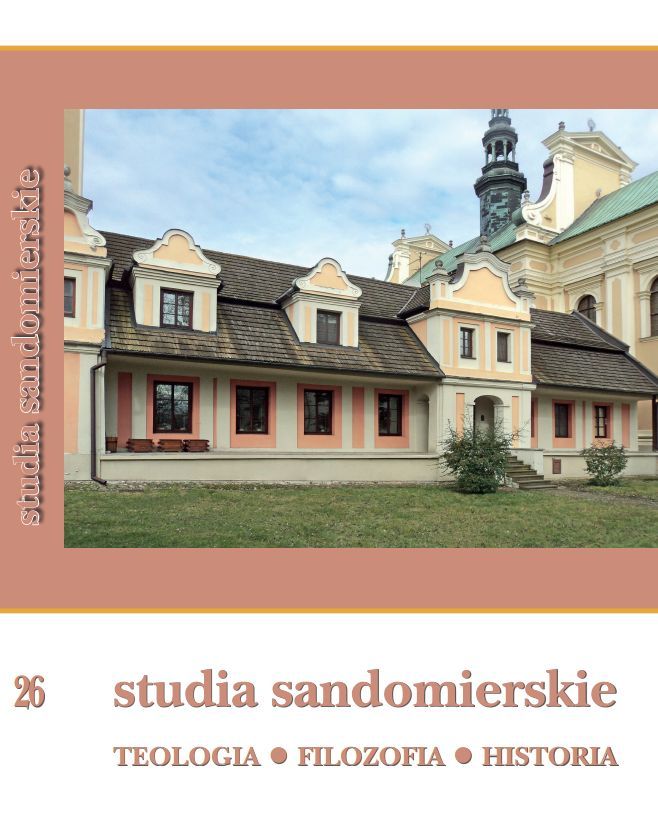The Mystical Phenomena of the Passion
DOI:
https://doi.org/10.15633/sts.3538Keywords:
Golgotha mysticism, mystical phenomena, passion of Jesus ChristAbstract
An important place in the experiences of the mystics of the Church is the fact of their participation in the Passion of Jesus Christ. Mystics can receive the gifts of an invisible puncture of the heart and invisible stigmata, also of a visible participation in whipping, crowning with thorns and the crucifixion of the Savior, which takes the form of the actual piercing of their hands, feet and heart. Complementing the phenomena is bloody sweat, bloody images and inscriptions. Thus, the passion phenomena given to them are a real reflection of the secrets of Golgotha. Their life takes the form of a living book of remembrance about the price of Salvation, which Jesus Christ paid on the wood of the Cross.Downloads
Published
2020-01-20
Issue
Section
Teologia
License
Copyright (c) 2021 Walter Rachwalik

This work is licensed under a Creative Commons Attribution-NonCommercial-NoDerivatives 4.0 International License.
Authors who publish with this journal agree to the following terms:
- Authors retain the copyright and full publishing rights without restrictions, and grant the journal right of first publication with the work simultaneously licensed under a Creative Commons Attribution 4.0 International License that allows others to share the work with an acknowledgement of the work's authorship and initial publication in this journal.
- Authors are able to enter into separate, additional contractual arrangements for the non-exclusive distribution of the journal's published version of the work (e.g., post it to an institutional repository or publish it in a book), with an acknowledgement of its initial publication in this journal.
- Authors are permitted and encouraged to post their work online (e.g., in institutional repositories or on their website) prior to and during the submission process, as it can lead to productive exchanges, as well as earlier and greater citation of published work (See The Effect of Open Access).

